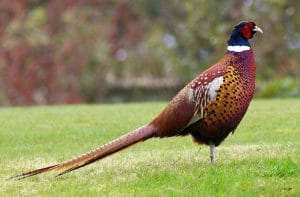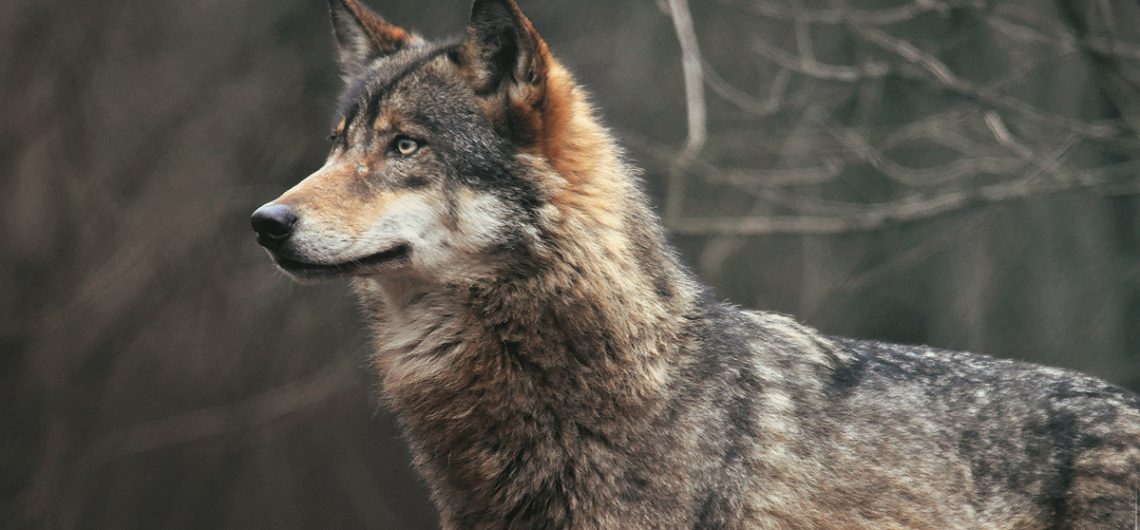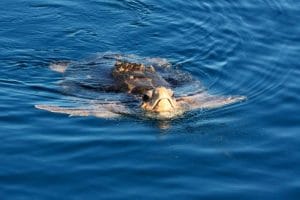There are thought to be over 80,000 species of fauna within Turkey whilst the number of species in Europe numbers approximately 60,000.
As in the case of flora Turkey is the original homeland of many well-known species. The pheasant, fallow deer and domestic sheep to name a few. Today many of the national parks and countryside are still rich with wildlife such as brown bears, wild boar, lynx, wolves and leopards as well as over 4,000 types of bird.
The diversity of fauna in Turkey is even greater than that of wild plants. While the number of species throughout Europe as a whole is around 60,000, in Turkey they number over 80,000. If subspecies are also counted, then this number rises to over a hundred thousand.
The fallow deer, now common in Europe was introduced from Turkey in the 17th century. Fallow deer originate from the Taurus Mountains between Antalya and Adana.
The pheasant, a staple of the British countryside, comes an area on the Black Sea coast. The Latin name is Phasianus colchicus. “colchicus” derives from Colchis, an ancient kingdom which stretched along the Black Sea coast, now in modern day Georgia. The domestic sheep is a descendant of the wild sheep, Ovis musimon anatolica, as the Latin name indicates, a native of Anatolia.
The Anatolian leopard is now critically endangered in Turkey, once spread throughout the Aegean and Western areas of Turkey, it is now thought to be found only in pockets of the Pontic Mountain range. To the East their territory merges with that of the Caucasian leopard. In 2013, in Diyarbakir, a shepherd shot and killed an Anatolian leopard that was attacking his brother. This was the last known sighting for over 30 years.
The tiger is another creature whose original homeland was Anatolia, a little known fact reflected in the name tiger itself , which comes from the Latin name Felis Tigris, after the Tigris river. Tigers once ranged widely across Asia, from Turkey in the west to the eastern coast of Russia. Over the past 100 years, they have lost over 90% of their range and habitat.
The lions which survive only in statues and mythology today were once another member of the Anatolian fauna. By the late 19th century they had become extinct in the area that is modern day Turkey.
Despite the fact that Turkey is an ancient land with a rich and varied history there are still many areas which remain untouched. You only have to look up at the mountains to imagine what could still be surviving up there. Many rare and endangered species have managed to survive in Turkey’s wild areas. Turkey’s Aegean and Mediterranean coasts are home to monk seals and loggerhead turtles. The wetlands and deltas provide refuge to many endangered birds. The Bald Ibis, the Dalmatian pelican, pygmy cormorant to name a few.
The Ministry of the Environment and the WWF have implemented numerous studies and programmes to protect the last surviving colonies of monk seal along Turkey’s Mediterranean and Aegean coasts. Seals are found in the Marmara and Black Sea, but they are most common around Foça, near Izmir. Thought to number only 600 in the world the majority of the remaining colonies are situated in the eastern Mediterranean. A small colony is also found on the shores of the Western Sahara. The fact that the species has survived in Turkey is largely due to the preservation of the natural environment. Further evidence that environmental conservation along Turkey’s coast is succeeding is the continued existence the Loggerhead Turtle, Caretta caretta. A hotel development project on Iztuzu beach was scrapped to preserve the breeding grounds of Caretta Caretta, and the lake and marshes of Dalyan & Köycegiz are declared a Specially Protected Area.
Below is a list of endangered and vulnerable fauna in Turkey
- Mediterranean monk seal(Critically endangered) – less than 600 individuals all around the world
- Northern bald ibis(Critically endangered) – main groups live in Morocco and Turkey
- Asia Minor spiny mouse(Critically endangered)
- Rana holtzi(Toros frog; Critically endangered) – endemic to Turkey
- Pseudophoxinus maeandricus(Sandıklı spring minnow; critically endangered) – known from a single stream.
- White-headed duck(Endangered)

- Red-breasted goose(Endangered)
- Loggerhead sea turtle(Endangered)
- Great bustard(Vulnerable)
- Dalmatian pelican(Vulnerable)
- Lesser kestrel(Vulnerable)
- Egyptian vulture(Vulnerable)
- Wild goat(Vulnerable)
- Greater spotted eagle(Vulnerable)
- Eastern imperial eagle(Vulnerable)
- Saker falcon(Vulnerable)



Comments